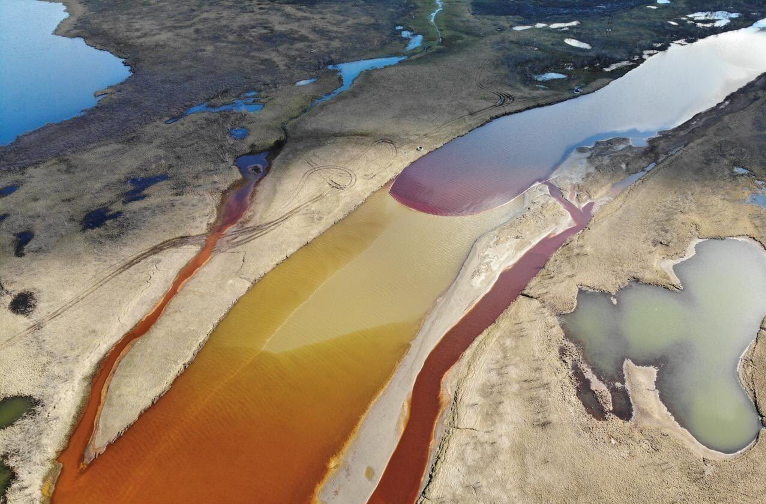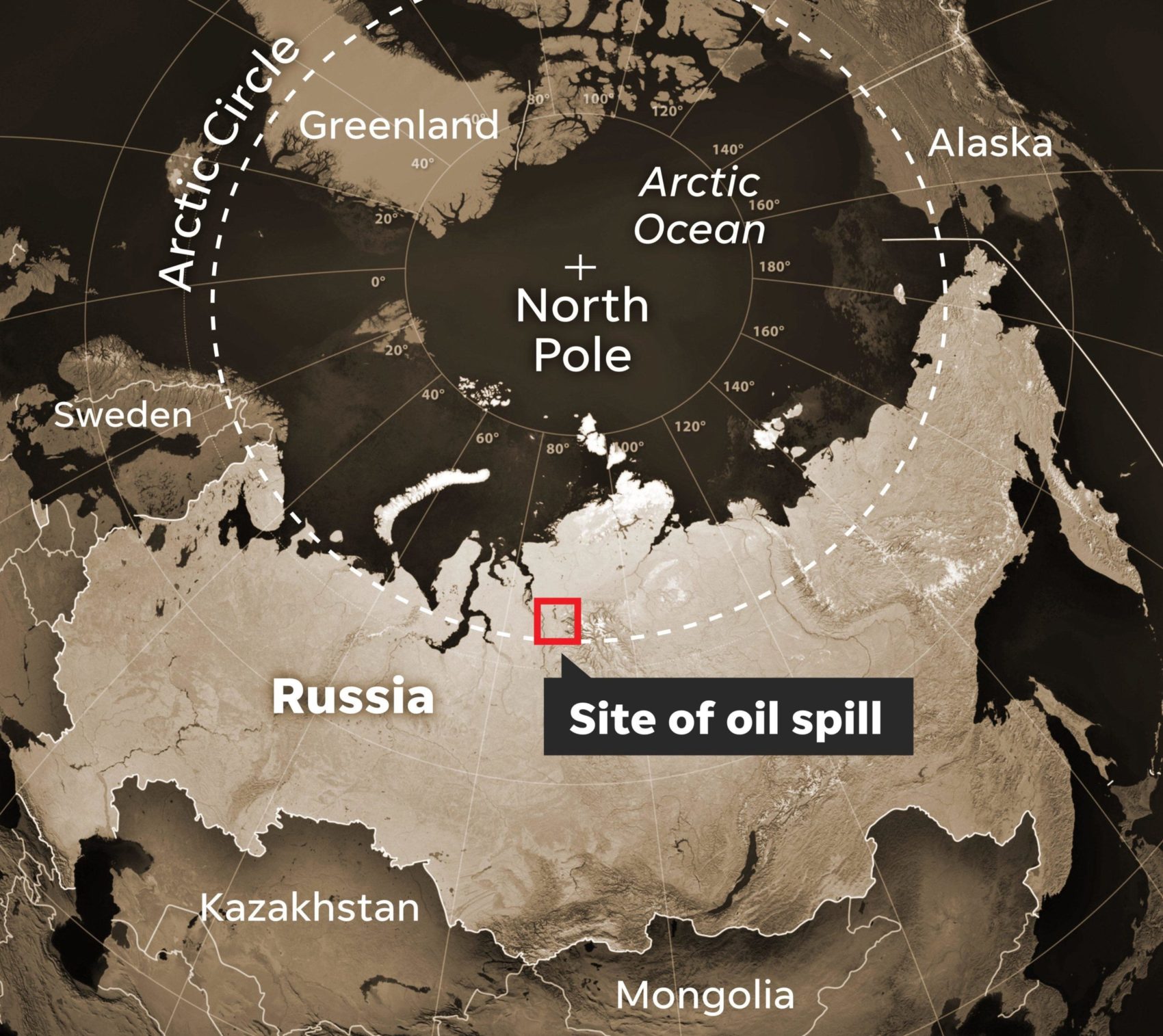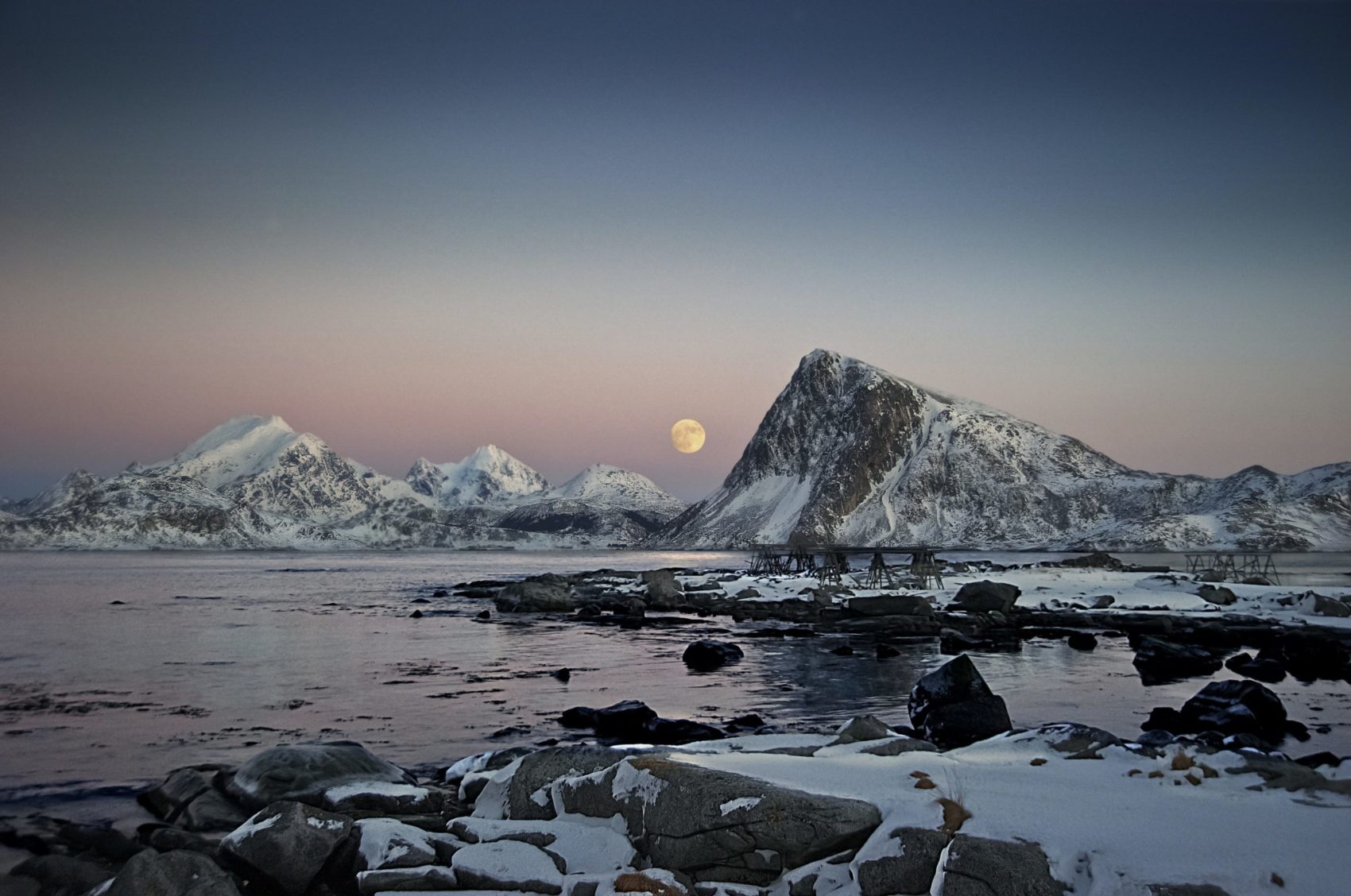
On May 29 a Russian tank spilled oil into the Arctic. The tank was used for storing diesel fuel. When it exploded it spilled 20,000 tons of oil in the Arctic circle and turned nearby Ambarnaya River red with contaminants. The tank was owned by Nornickel, the world’s largest producer of nickel and palladium. The oil spill into the Arctic is the second largest in Russia’s history and has been compared to the Exxon Valdez disaster in 1989.
The spill has already contaminated over 7.5 miles of river, though Russian authorities insist the oil has yet to reach the sea. In some areas, the chemical plume is nearly eight inches thick. Due to the shallow waters of the Ambarnaya river, barges with booms could not be deployed to contain the spill. Clean up efforts are estimated to cost $1.5 billion and could take as long as ten years.

In 2016, an accident at another Nornickel plant turned a nearby river red. Nornickel-owned factories contributed to turning the nearby city of Norilsk into one of the most polluted cities in the world.
The manager of the plant responsible for the oil spill, Vyacheslav Starostin, has been taken into custody on charges of negligence after failing to alert Russian authorities. Russian authorities found out about the spill on June 1, two days after the accident, after seeing alarming media pictures. Putin chastised the company, saying, “Are we going to learn about emergency situations from social media?”

Putin declared a state of emergency, mobilizing the country’s emergency resources. Greenpeace Russia is calling for an audit of all oil and petroleum plants in the arctic, in addition to implementing legislation to ensure those plants are regularly inspected.